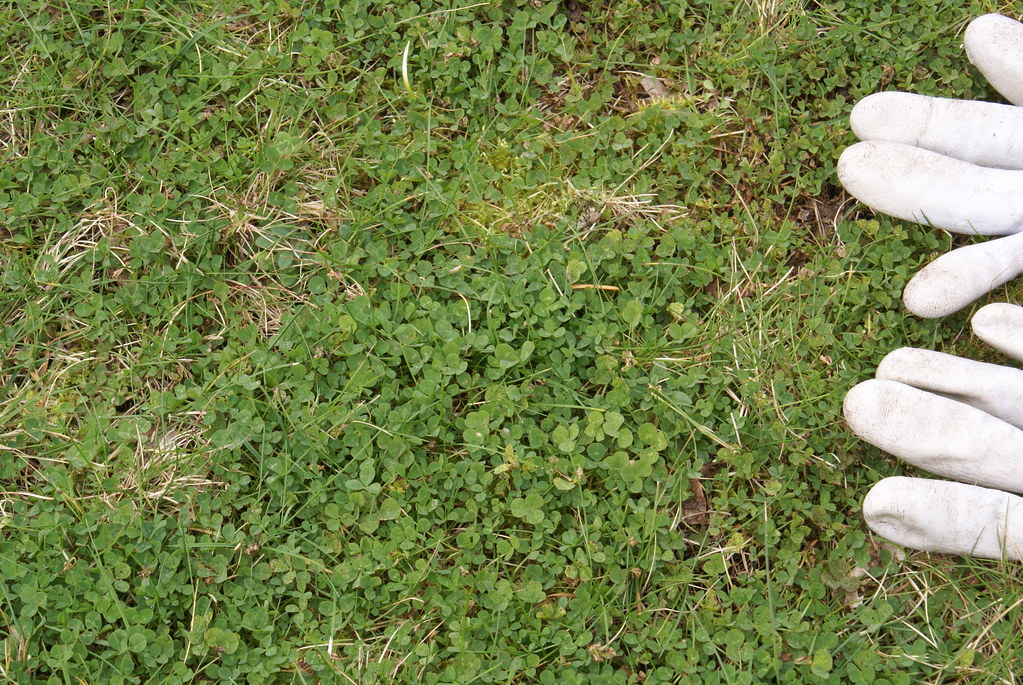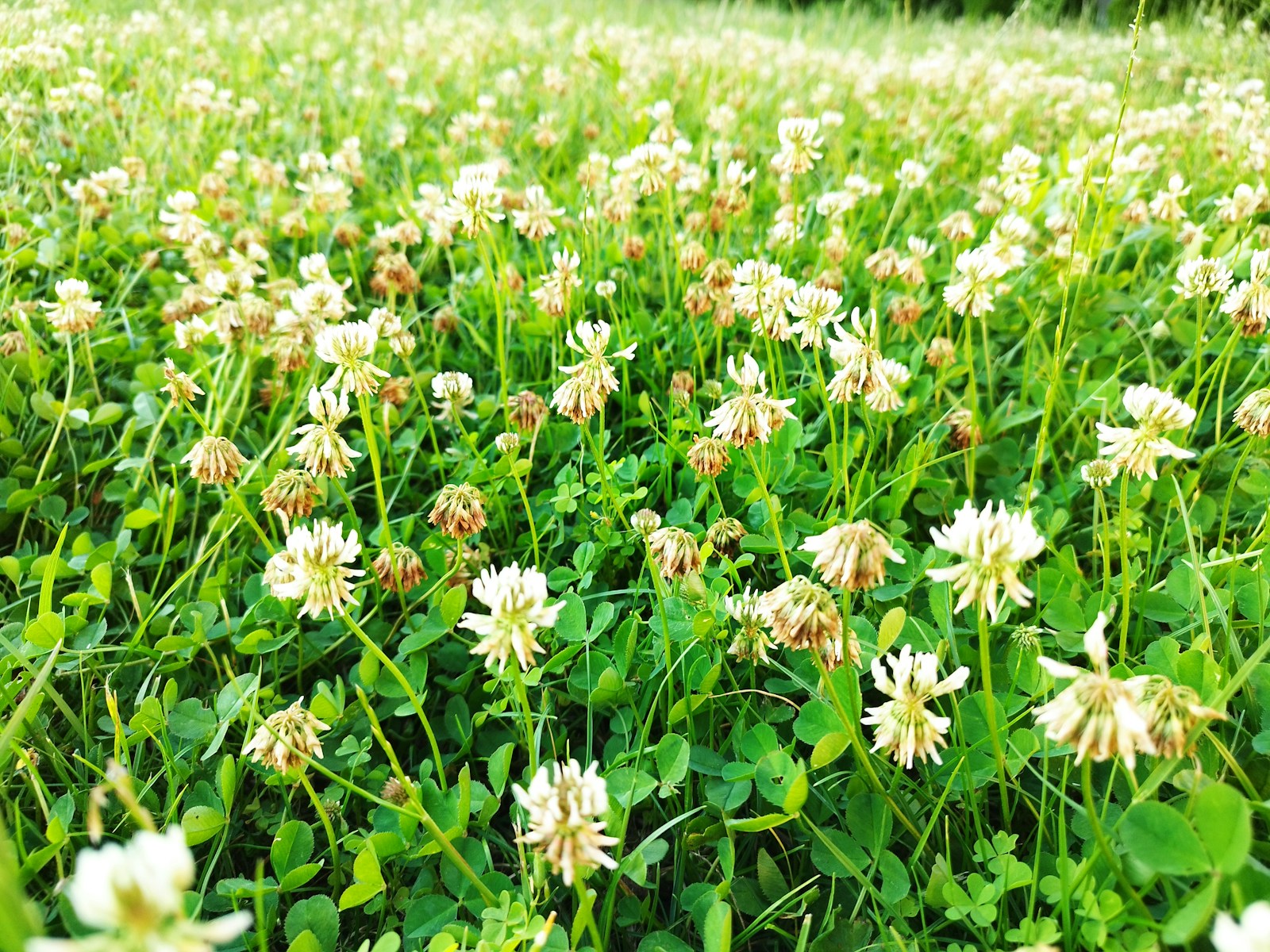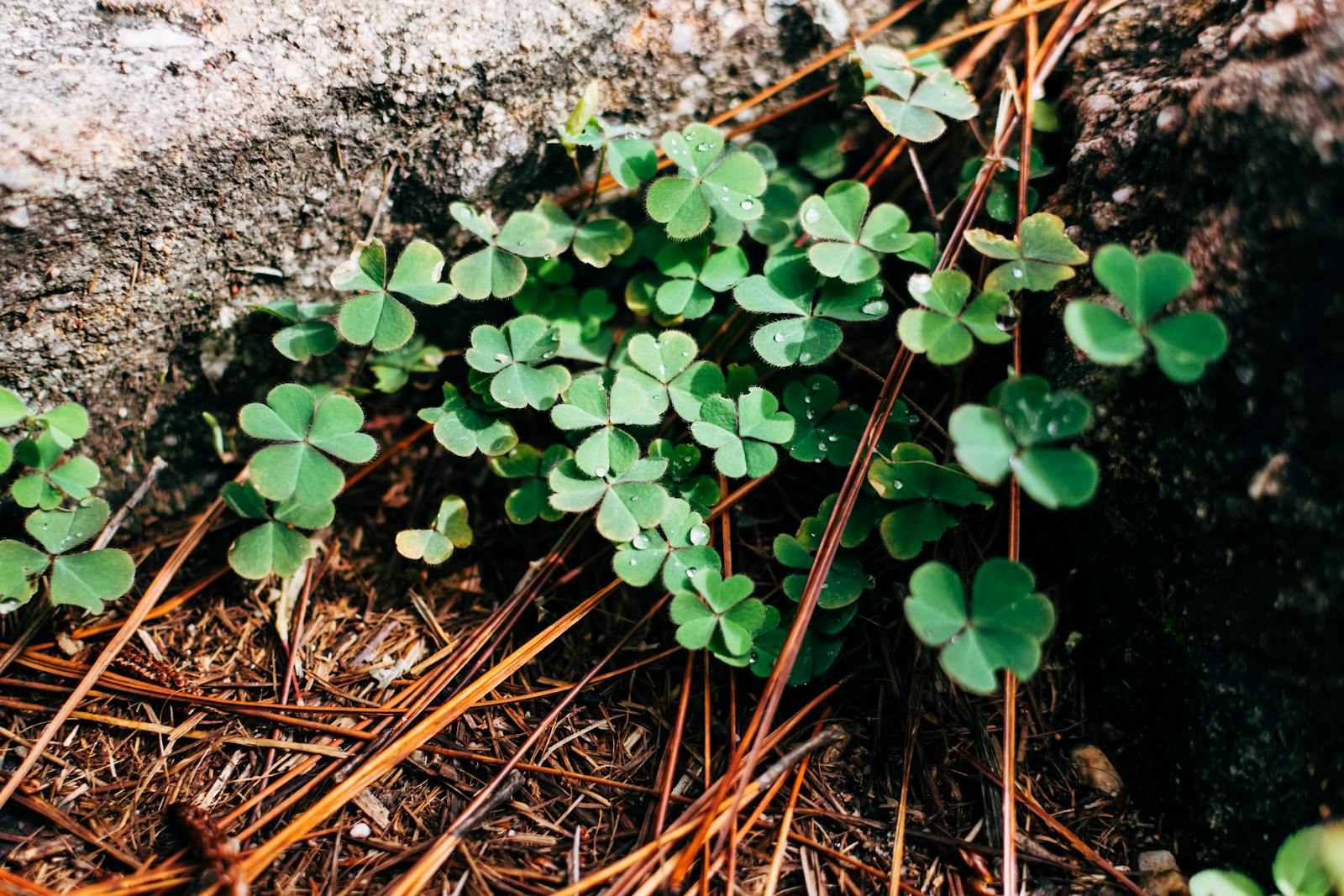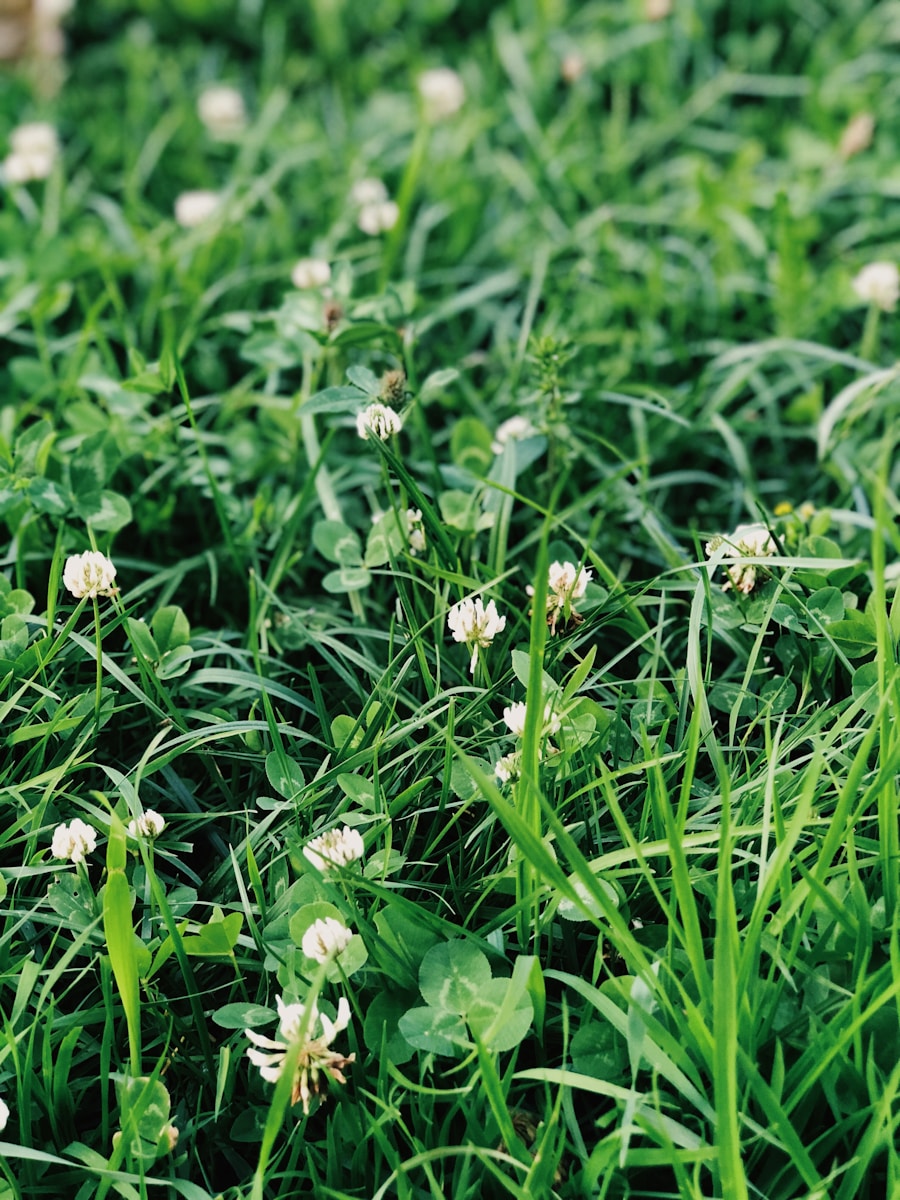The Great Lawn Debate
For more than a century, turfgrass has been the gold standard for American front yards. A uniform green carpet signals order, pride, and tradition. Yet maintaining that pristine look comes at a cost: heavy watering, fertilizer, pesticides, and hours of weekly care.
In recent years, clover has reemerged as a viable alternative. Once dismissed as a weed, it is now being embraced by homeowners seeking a lawn that’s easier, cheaper, and better for the environment. But is clover really a replacement—or simply a complement—to grass?
Appearance and Texture

A grass lawn offers the manicured look many homeowners still prefer. It can be striped with precision, holds up under foot traffic, and has that familiar turf feel. Clover, by contrast, is softer underfoot, grows lower to the ground, and produces a lighter, more natural green.
- Grass: Crisp, uniform, ideal for traditional curb appeal.
- Clover: Gentle, informal, with small white flowers in summer unless mowed before bloom.
For those who like the look of grass but want clover’s benefits, microclover—bred for smaller leaves and fewer flowers—offers a compromise.
Maintenance and Care
The starkest difference between the two comes down to effort.
- Watering: Turfgrass often requires weekly irrigation during summer. Clover, thanks to its drought tolerance, stays green with far less water.
- Fertilizer: Grass depends on nitrogen fertilizer to maintain color. Clover creates its own nitrogen naturally, improving soil health.
- Mowing: Traditional lawns demand weekly mowing during peak season. Clover grows more slowly and can be mowed just once or twice a month.
A homeowner trading grass for clover can expect to cut their maintenance time in half—or more.
Cost Considerations
The financial savings of clover are equally compelling.
- Seed: Clover seed is generally less expensive than premium grass seed blends.
- Chemicals: No fertilizer, fewer herbicides, and no pesticides translate into lower annual costs.
- Equipment: With reduced mowing needs, you’ll extend the life of your mower and use less fuel.
Over five years, a clover lawn can save hundreds of dollars compared to turfgrass, particularly in regions with high water costs.
Durability and Use
For families with children or pets, durability is often the deciding factor.
- Grass: Excellent wear tolerance, though dog urine often leaves unsightly yellow patches.
- Clover: Softer on paws, naturally resistant to urine burns, but may show thinning in areas of extremely heavy play.
Many homeowners choose a grass-clover mix to balance durability with low maintenance.
Seasonal Performance
Grass and clover respond differently to seasonal stress.
- Summer: Grass often browns during heat and drought without irrigation. Clover remains green with minimal watering.
- Winter: In cold climates, grass goes dormant but holds a tidy brown or straw appearance. Clover may recede more dramatically, sometimes leaving patchy winter cover.
If year-round appearance is important, a mixed lawn can help bridge the seasonal gap.
Environmental Impact
Clover is undeniably more eco-friendly. Its nitrogen-fixing roots enrich the soil, reducing chemical runoff. Its flowers attract pollinators, boosting biodiversity. And because it needs less water and mowing, clover lowers a household’s environmental footprint.
Grass lawns, by contrast, are often considered monocultures—needy and resource-intensive, with little ecological benefit.
Which One Is Right for You?
- Choose Grass If: You want the traditional look, enjoy meticulous lawn care, or host heavy play and foot traffic.
- Choose Clover If: You want to reduce maintenance, save money, support pollinators, and cut down on chemicals.
- Choose a Mix If: You want the best of both worlds—durability of grass with the eco-benefits of clover.
Conclusion
The future of the American lawn may not be a choice between clover or grass, but a blending of both. As water restrictions, environmental concerns, and busy schedules push homeowners to rethink their landscapes, clover stands out as an attractive, practical, and sustainable alternative.
The answer isn’t the same for everyone, but it’s clear: the days of clover being dismissed as a weed are long gone.


